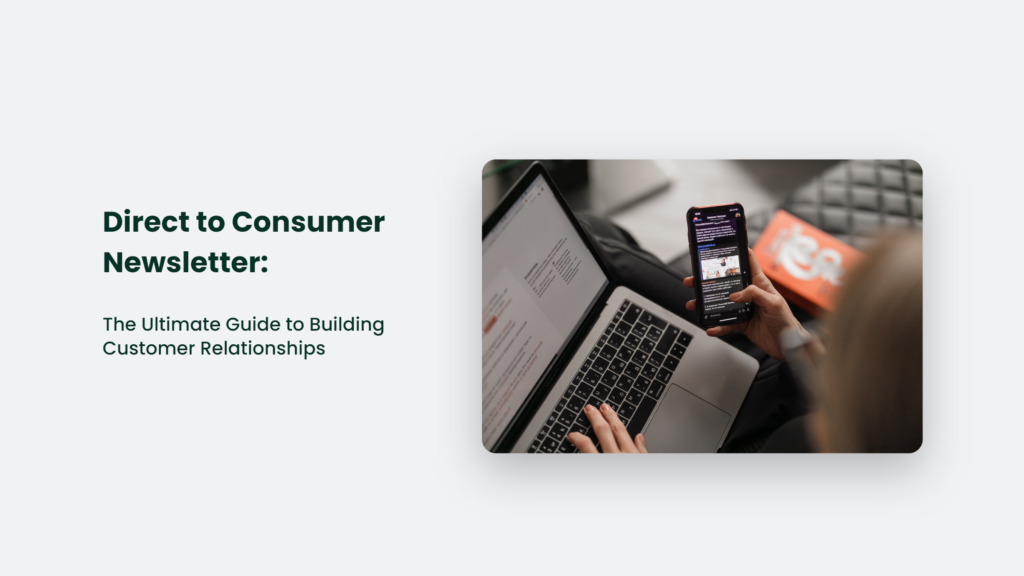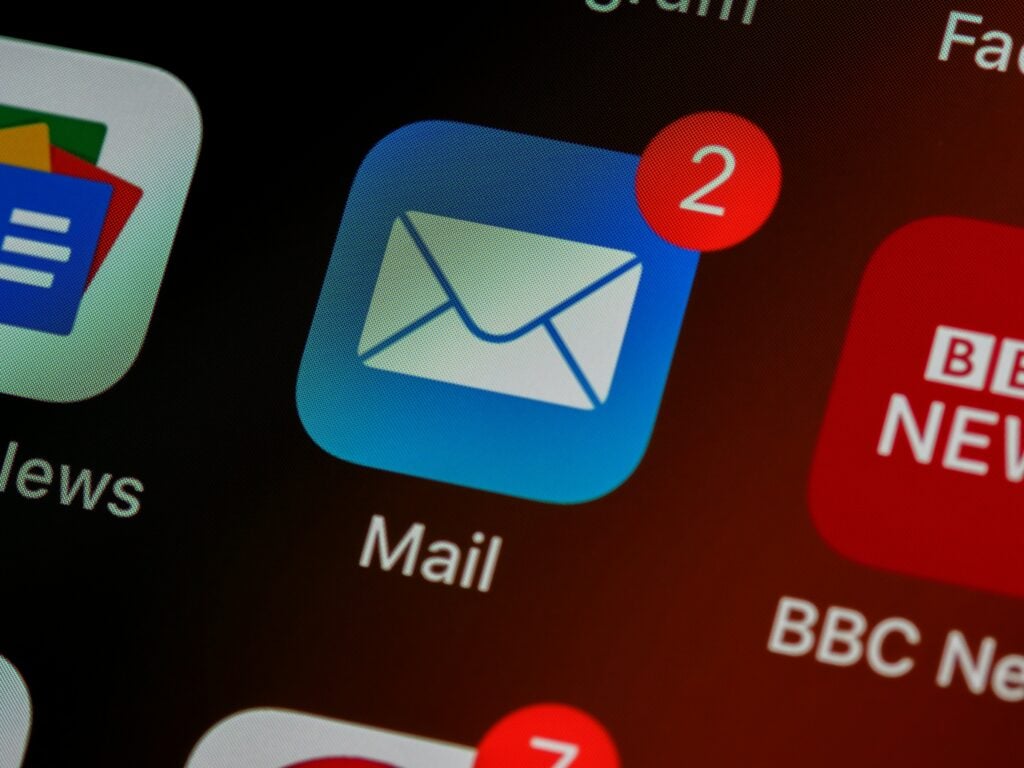As a marketer, I understand the importance of building a direct customer relationship. In today’s competitive marketplace, cutting through the noise and delivering a personalised experience that resonates with your target audience is essential. One of the best ways to do this is by creating a direct-to-consumer newsletter.
In this comprehensive guide, I’ll explain everything you need to know about creating a successful direct-to-consumer newsletter.

Why is a direct to consumer newsletter important?
The direct to consumer (DTC) approach has become increasingly popular in recent years. By cutting out the middleman and selling directly to consumers, businesses can establish a direct relationship with their customers, which leads to better brand loyalty and increased revenue. A direct-to-consumer newsletter is an excellent way to build on this relationship.
Build a relationship with your customers
One of the main benefits of a direct-to-consumer newsletter is that it allows you to build a relationship with your customers. By sending regular updates and personalised content, you can create a sense of trust and loyalty that can be hard to achieve through other marketing channels.
Personalise your content
Another advantage of a direct-to-consumer newsletter is that it lets you personalise your content. By segmenting your audience and tailoring your content to their interests and preferences, you can deliver a more engaging experience that resonates with your customers.
Increase the customer lifetime value
Building a direct relationship with your customers can also increase their lifetime value. You can encourage them to make repeat purchases and become loyal brand advocates by delivering personalised content that meets their needs and interests.
How to create a successful direct-to-consumer newsletter
Now that we’ve covered the importance of a direct-to-consumer newsletter, let’s dive into how to create one that delivers results.
Define your goals
Before you start creating your newsletter, defining your goals is essential. What do you want to achieve with your newsletter? Is it to increase sales, build brand awareness, or drive website traffic? Once you’ve defined your goals, you can tailor your content and calls to action to achieve them.
Define your target audience
Once you’ve defined your goals, it’s essential to define your target audience. Who are you trying to reach with your newsletter? What are their interests, needs, and pain points? By understanding your target audience, you can create content that resonates with them and drives engagement.
Choose the right email service provider
Choosing the right email service provider (ESP) is crucial to the success of your newsletter. Look for an ESP offering segmentation, automation, and analytics features. These features allow you to personalise your content, automate your campaigns, and measure your results.
Design your newsletter
Once you’ve chosen your ESP, it’s time to design your newsletter. Your newsletter should be visually appealing, easy to read, and mobile-friendly. Use a mix of images and text to break up your content and make it more engaging.
Write compelling content
The most crucial element of your newsletter is your content. Your content should be compelling, informative, and tailored to your audience. Use a mix of text, images, and videos to make your content more engaging and visually appealing.
Include calls-to-action
Your newsletter should include clear calls-to-action (CTAs) that encourage your readers to take action. Whether purchasing, visiting your website or following you on social media, your CTAs should be clear and easy to follow.
Analyse your results
Finally, it’s essential to analyse your results to see how your newsletter is performing. Look at open rates, click-through rates, and conversions to see how your newsletter drives engagement and revenue.
Frequently Asked Questions:
How do I measure the success of my newsletter?
The success of your newsletter can be measured using metrics such as open rates, click-through rates, and conversions. You can also track metrics such as website traffic and sales revenue to see how your newsletter is driving engagement and revenue.
How do I grow my newsletter subscriber list?
Several ways to grow your newsletter subscriber list include offering a lead magnet, promoting your newsletter on social media, and adding a sign-up form to your website. The key is to make it easy for your audience to sign up and deliver value through your content to encourage them to stay subscribed.
Conclusion:
In conclusion, a direct-to-consumer newsletter effectively builds customer relationships and drives engagement and revenue. By defining your goals, understanding your audience, and delivering personalised, valuable content, you can create a newsletter that delivers results for your business. Remember to analyse your results regularly and adapt your strategy based on what works best for your audience. Happy emailing!




